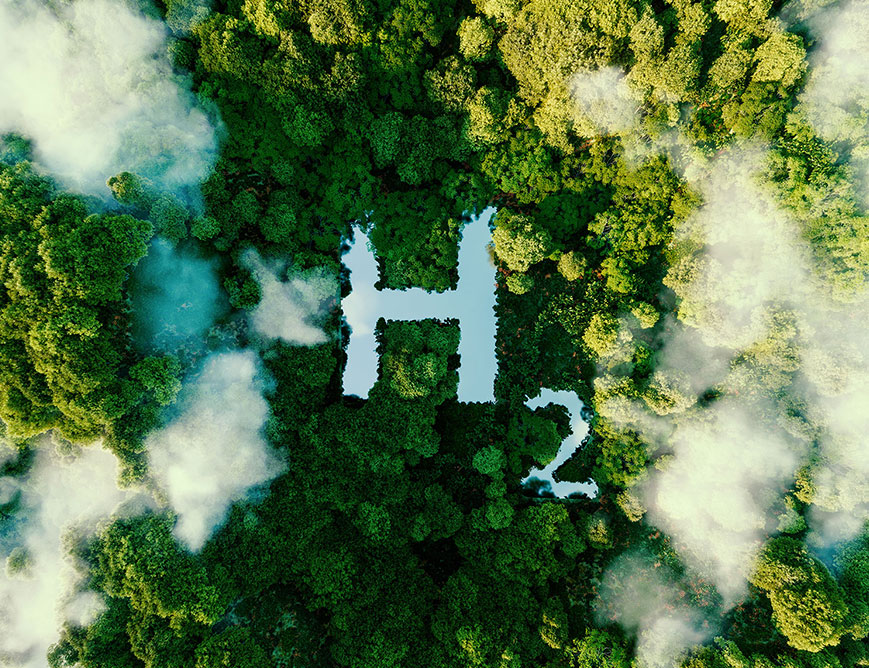Europe aims to become the first climate-neutral continent by 2050. However, today we are still far from achieving this objective. According to the European Commission, renewable carbon-free fuels are not yet cost competitive compared to fossil-based fuels. In this context, green ammonia (as a source of hydrogen) is essential for the decarbonisation of the European energy system of the future.
The 2020 EU strategy for energy system integration, highlights the importance of creating a European hydrogen ecosystem from research and innovation, to scaling up production and infrastructure to international dimensions. This includes a vision to turn clean hydrogen into a viable solution to decarbonise different sectors over time, installing at least 6 GW of renewable hydrogen electrolyser in the EU by 2024 and 40 GW by 2030. Ammonia is a source of hydrogen easier to store and transport.
From hydrogen to ammonia
The storage and transport of hydrogen, however, faces important challenges which hinder its broad application as an alternative and zero emission fuel.
- Storage of hydrogen as a gas typically requires high-pressure tanks (up to 700 bar tank pressure).
- Storage of hydrogen as a liquid requires cryogenic temperatures because the boiling point of hydrogen at one atmosphere pressure is -253C.
Therefore, for several applications, ammonia rises as a rather prominent vector if it can be produced efficiently. The production is traditionally bound by the constraints of thermodynamics, which require high synthesis pressures, as well as temperatures. Thus, NH3 is produced centralised/large-scaled.
HySTrAm builds on developing physical H2 storage materials, enabling short term storage (buffering renewables dynamics), as well as the three structural corner stones of flexible low pressure NH3:
- Decreased Ru content catalysts;
- High temperature NH3 sorbents; and
- Induction-heated support granting (optimal) responsiveness.
The project will demonstrate a compact containerised ammonia synthesis system which is based on two main consecutive stages:
1) A short-term storage hydrogen vessel which will serve as a buffer to store and transport the hydrogen produced by electrolysis. Within the hydrogen vessel, new ultraporous material will be identified and optimised through machine learning technology
2) An ammonia synthesis reactor based on an improved the Haber-Bosch process where the stored hydrogen will react with nitrogen to form ammonia using the novel catalysts and sorbents developed in HySTrAm.

